 Technology
Technology  Technology
Technology  Humans
Humans 10 Everyday Human Behaviors That Are Actually Survival Instincts
 Animals
Animals 10 Animals That Humiliated and Harmed Historical Leaders
 History
History 10 Most Influential Protests in Modern History
 Creepy
Creepy 10 More Representations of Death from Myth, Legend, and Folktale
 Technology
Technology 10 Scientific Breakthroughs of 2025 That’ll Change Everything
 Our World
Our World 10 Ways Icelandic Culture Makes Other Countries Look Boring
 Misconceptions
Misconceptions 10 Common Misconceptions About the Victorian Era
 Mysteries
Mysteries 10 Strange Unexplained Mysteries of 2025
 Miscellaneous
Miscellaneous 10 of History’s Most Bell-Ringing Finishing Moves
 Technology
Technology Top 10 Everyday Tech Buzzwords That Hide a Darker Past
 Humans
Humans 10 Everyday Human Behaviors That Are Actually Survival Instincts
 Animals
Animals 10 Animals That Humiliated and Harmed Historical Leaders
Who's Behind Listverse?

Jamie Frater
Head Editor
Jamie founded Listverse due to an insatiable desire to share fascinating, obscure, and bizarre facts. He has been a guest speaker on numerous national radio and television stations and is a five time published author.
More About Us History
History 10 Most Influential Protests in Modern History
 Creepy
Creepy 10 More Representations of Death from Myth, Legend, and Folktale
 Technology
Technology 10 Scientific Breakthroughs of 2025 That’ll Change Everything
 Our World
Our World 10 Ways Icelandic Culture Makes Other Countries Look Boring
 Misconceptions
Misconceptions 10 Common Misconceptions About the Victorian Era
 Mysteries
Mysteries 10 Strange Unexplained Mysteries of 2025
 Miscellaneous
Miscellaneous 10 of History’s Most Bell-Ringing Finishing Moves
10 Glimpses Into Life In Man’s First Civilization
Sumeria was one of the earliest civilizations on Earth. More than 7,000 years ago, they built the roads and walls of their first city. For possibly the first time in human history, families left their farms and their tribal homes and moved into urban life.
This was also the first time that anyone in Mesopotamia had lived in a tight-knit, walled town. They were making their lives as administrators and scholars instead of growing food for themselves. Life here was something completely new—not just for the people who lived there but for all of humanity.
Little of life in 5000 BC remains today. All we have to work from is a few old tablets and the ruins of ancient towns. But it’s enough for a small glimpse into life in history’s first civilization.
10 Women Had Their Own Language
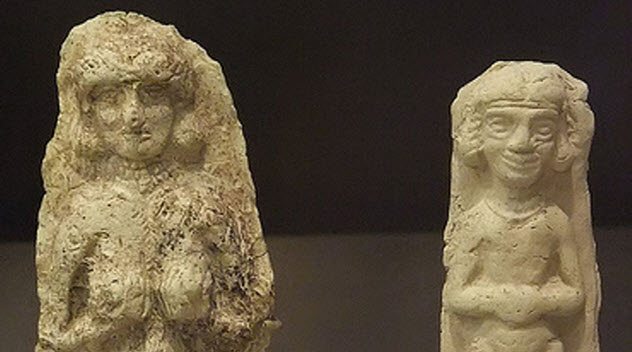
Men and women in Sumeria were not equal. When morning broke and a man climbed out of bed, he expected his wife to have breakfast ready for him. When they had children, they sent the boys to school and kept the girls at home. The life of a man and a woman was a very different experience, so much so that women developed their own language.
The main Sumerian language was called Emegir, and it wasn’t exclusive to men. Both genders used it, and it was the main language of society. Women, though, had their own separate dialect called Emesal (“women’s tongue”)—and we can’t find any record of any man ever speaking it.[1]
The female language was really a different dialect. They pronounced a few sounds differently, used a few different words, and actually had a few vowels that the men didn’t use. Men probably understood it, but it was likely seen as effeminate to use it.
It was a language used in poetry and song, often with a mother cooing her child or a maiden fawning over a lover. Perhaps, in Sumeria, a girl who wanted to sound sweet didn’t just choose her words carefully—she spoke a whole other language.
9 They Paid Taxes Before They Invented Money

Taxes have been around for longer than there’s been money to pay them. Even before the first coins and silver shekels came to Mesopotamia, the people had to give the king his share.
Often, Sumerian taxes weren’t too different from ours.[2] Instead of cash, the king would just take a percentage of what you produced. Farmers would send over crops or livestock, while tradesmen might send up leather or wood. Like our modern governments, the wealthy were taxed harder, in some cases having to give the king half of what they grew.
That wasn’t the only way you paid taxes, though. Sumerians would be called to work on public projects, too. For months of a year, a man would have to leave his home to work on the government farm, dig out a public irrigation project, or go off to fight a war. Unless you were wealthy, anyway. The rich could always pay someone else to do it for them.
Mandatory labor was just how early societies functioned. At its peak, there were 11,000 administrators and managers in Sumeria, and they had to be fed. They definitely didn’t go hungry, though. According to the records they left behind, government taxes collected more than a million tons of barley each year.
8 Life Revolved Around Beer
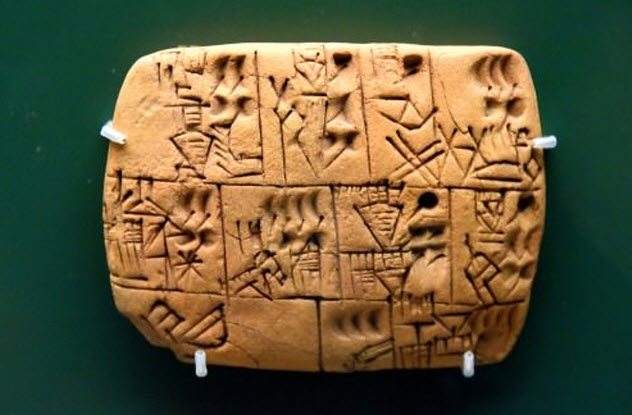
There’s a theory that civilization started because of beer. Men first started farming, the theory goes, so that they could get drunk. They were also lured into the city under the promise of more beer.
Whether that’s true or not, beer was definitely a major part of life in Sumeria. It was served at every meal, from breakfast to dinner, and it wasn’t treated like a drink you had on the side. It was the main course.
Sumerian beer was different from ours, of course. It was as thick as porridge—with a muddy sediment at the bottom, a layer of foam on the top, and little pieces of bread left over from fermentation floating at the top. It could only be consumed with a straw.
But it was worth it. Sumerian beer had enough grains to be considered a nutritious part of a balanced breakfast. Plus, it got you drunk.
When laborers were called in to work on public projects, it was common practice to pay them with beer. That was how the king would lure farmers to work on his building projects: He had better beer.[3]
7 They Got High On Opium

Beer wasn’t the only drug available in Sumeria. They had opium—and they definitely used it to get high.
The Sumerians were growing opium poppies by at least 3000 BC. We don’t have a lot of information on what they did with it, but the name they gave it kind of spells it out. In Sumeria, poppies were called the “joy plant.”[4]
There are theories that the Sumerians used these plants for medicine. But there’s nothing to really back that up. We know that people eventually used opium as a painkiller, and charitably, we like to think the Sumerians might have done that, too.
But there’s no proof. The only things we know for sure are that the Sumerians cultivated opium, that they smoked it, and that they thought it was a hell of a good time.
6 The King Married A New Priestess Each Year
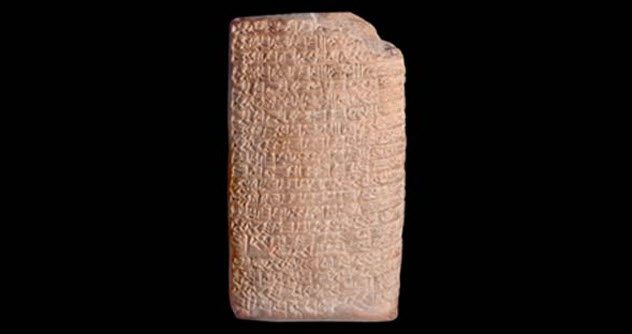
Each year, the king would marry a new woman. He had to marry one of the priestesses—a group of virginal women chosen for being “perfect in body”—and make love to her. Otherwise, the gods would turn the soil and the women of Sumeria barren.
The king and his chosen bride would have to reenact the lovemaking of the gods. On her wedding day, the bride would be bathed, perfumed, and dressed in the most beautiful gowns they had, while the king and his entourage made their way to her temple. There, a crowd of priests and priestesses would be filling the hall with songs of love.
When the king arrived, he would give his new bride gifts. Then they would go off together into a room filled with scented spices and make love on a ceremonial bed that was custom-made just for the occasion.
When it was over, the king and his bride would sit together on the throne. His beautiful new bride would gush about him to his people, reciting his poetry about his manliness and telling the crowd that he’d brought them prosperity.[5]
This, the king explained to his people, was his sacred duty. He had no choice but to sleep with beautiful women. The gods demanded it.
5 Priestesses Were Doctors And Dentists
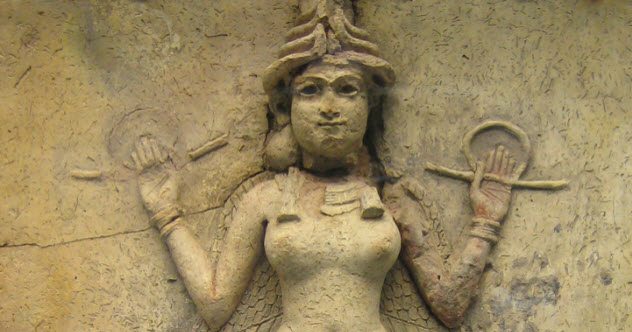
The priestesses weren’t just the king’s harem—they were some of the most useful people in Sumerian society. They were poets, scribes, and some of history’s first doctors.
Sumerian cities were built around a temple complex. A great ziggurat would sit in the center, surrounded by buildings where priests and priestesses lived and craftsmen worked on public projects.
This was a massive space that took up a third of the city, and it did more than just hold ceremonies. There were orphanages, astronomers, and major business operations.[6] An administrator there was in charge of government business, and he used his temple as a hub to run trade networks with other cities.
It was on the outside of the complex, though, where the most historically important work was done. There, the sick would come and ask for a priestess to look them over. These women would come out and check the patients’ health. They would diagnose the sick, usually treating illnesses as curses and hexes, and would prepare early medicine to nurse them back to health.
4 Literacy Meant Wealth
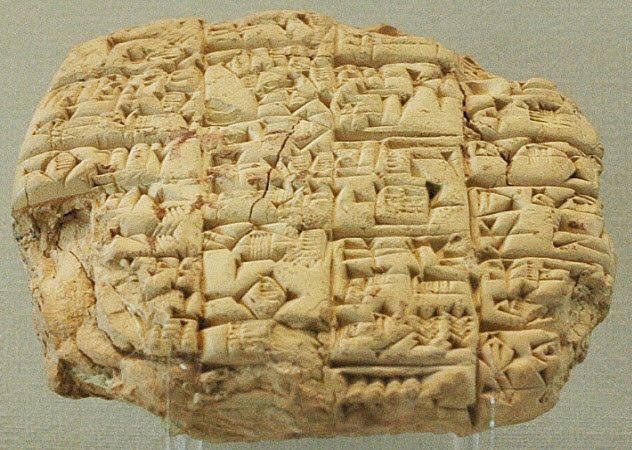
Reading and writing were fairly new concepts in ancient Sumeria, but they were already incredibly important. People there didn’t get rich by working with their hands. Tradesmen and farmers were usually in the lower class. If you wanted to get rich, you became an administrator or a priest. And if you wanted your kids to get rich, you made sure they were literate.
Sumerian boys could start school as soon as they were seven years old, but it was expensive. Only the wealthiest people in the city could afford to go. At school, they were taught math, history, and literacy, usually copying what a teacher had written until they could imitate it perfectly.[7]
Discipline was strict. A student who misbehaved or spoke out of turn would get whipped in front of the class. The biggest incentive to succeed, though, was wealth. A particularly talented student could go on to be a scribe or a priest—and that meant being in the top echelon of Sumerian society.
3 The Poor Lived Outside The City
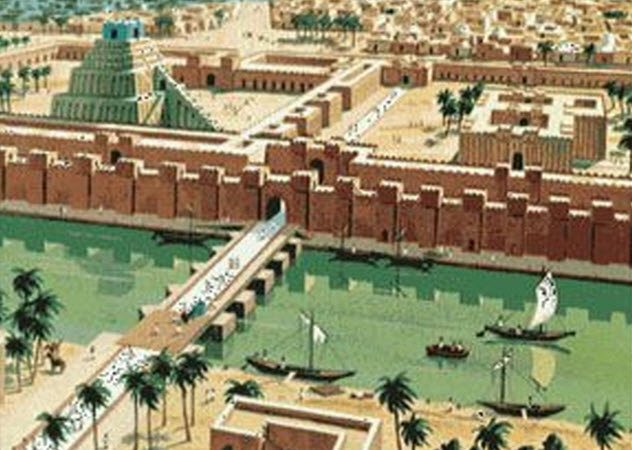
Not every Sumerian was part of that upper echelon. Most were in the lower class, living on farms outside the city walls or scraping by with low-paying craftsman jobs in the city.
While the rich lived in mud-brick houses filled with furniture, windows, and lamps, the poor had to settle for reed tents.[8] They slept on straw mats on the ground, and their properties were often shared with their whole extended family.
Outside the city walls, life was hard. But people could move up. A hardworking family could trade in some of their crops to buy more land, or they could rent out their land at a profit. It may even have been possible—although definitely rare—to make enough to hire a tutor and move your child to a better life inside the city walls.
2 The Army Raided Mountain People For Slaves
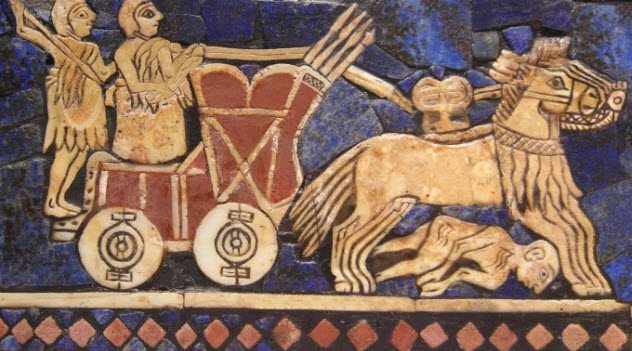
The lives of Sumeria’s poor were still far better than the lives of slaves. The Sumerian kings kept a steady supply of enslaved workers in their city by running raids on the people who lived in the hill country. The raiders would drag these people off and steal their possessions. The Sumerian kings believed that if the gods gave them victory, it was their divine will to make slaves of the hill people.[9]
Slaves were usually managed by women, who would put them to work on domestic chores and manual labor. A rare few were given more distinguished jobs, sometimes working as accountants or even tutoring the children.
Female slaves often became concubines. They would live their lives as the sexual tools of the men who owned them, with strict laws keeping them from forgetting their place. If a concubine slave started talking about herself as the wife’s equal, by law, she was to have her mouth scoured with a quart of salt.
It was possible to get out. A female slave could marry a free man, although she would have to give her firstborn child to her master as payment. A male slave could make enough to buy his freedom and even get his own land.
But that mobility went both ways. No one was safe from a life of servitude. If a free man got himself in enough debt or was caught committing a crime, he could be forced to sell himself into slavery.
1 Servants Were Buried With Their Kings
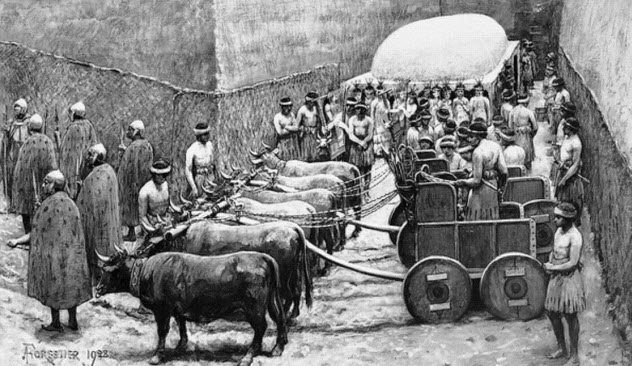
In Sumeria, death was a mystery. The dead would be ferried to what they called the “land of no return,” but little was known about what lay on the other side.
The one thing Sumerians believed for sure was that they would need their Earthly possessions in the afterlife. They were terrified of the possibility of spending eternity alone and starving, so the dead were buried with jewelry, gold, food, and even their pet dogs.
Kings and queens wouldn’t stop at possessions. They would take their attendants with them. The king’s favorite servants would be rewarded for their hard work by being ritually killed at his funeral.[10] They would be lined up in their finest clothes—and then they’d have their heads bashed in.
One queen was buried with her musicians. They were poisoned and thrown into her tomb so that she wouldn’t have to spend eternity without song. A king was buried with 73 servants, their bodies positioned to be eternally kneeling before his remains.
Some kings may even have been buried with their living families. In the Epic of Gilgamesh, the king is buried with his beloved son and his favorite wife. No one was safe. When the king died, death could come for anyone he held dear.
Read more fascinating facts about ancient civilizations on 10 Ancient Civilizations That History Forgot and 10 Recent Discoveries That Shed New Light On Ancient Civilizations.








